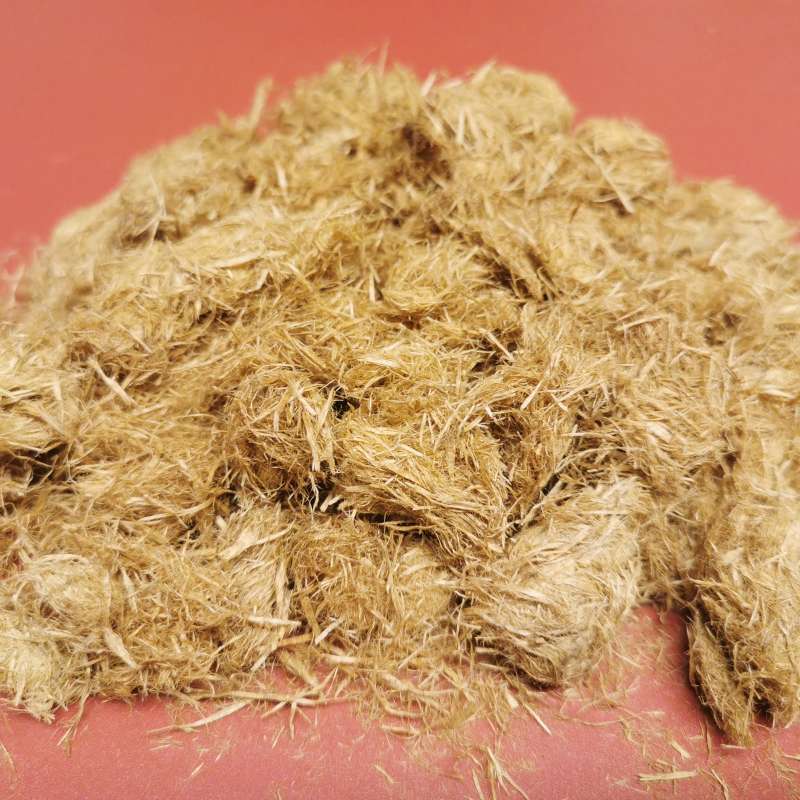Katrin Zimmer
Forsker
Biografi
Katrin Zimmer er forsker i avdeling driftsteknikk og digitalisering. Hun har mer en 20 års erfaring med bruk av tre. Hun er utdannet snekker, studerte treteknologi ved universitet i Hamburg, og skrev doktorgraden ved Norges miljø- og biovitenskapelige universitet om "Variasjon i impregnerbarhet i furu yteved fra nord Europa".
Hun fokuserer arbeidet sitt på å øke bruk av mindre brukte treslag som bjørk, spesielt med hensikt på materialutvikling og vekst spesifikke virkes egenskaper. Hun er også ansvarlig for kommunikasjons aktiviteter innen SFI SmartForest.
Forfattere
Katrin ZimmerSammendrag
Det er ikke registrert sammendrag
Forfattere
Katrin ZimmerSammendrag
Det er ikke registrert sammendrag
Forfattere
Katrin ZimmerSammendrag
Det er ikke registrert sammendrag

Divisjon for matproduksjon og samfunn
Utnyttelse av trefiber og avfallsstrømmer for bærekraftige og sirkulære dyrkingsmedier i hagebruket (‘SUBTECH 2.0’)

Divisjon for skog og utmark
SFI SmartForest: Bringing Industry 4.0 to the Norwegian forest sector
SmartForest will position the Norwegian forest sector at the forefront of digitalization resulting in large efficiency gains in the forest sector, increased production, reduced environmental impacts, and significant climate benefits. SmartForest will result in a series of innovations and be the catalyst for an internationally competitive forest-tech sector in Norway. The fundamental components for achieving this are in place; a unified and committed forest sector, a leading R&D environment, and a series of progressive data and technology companies.
